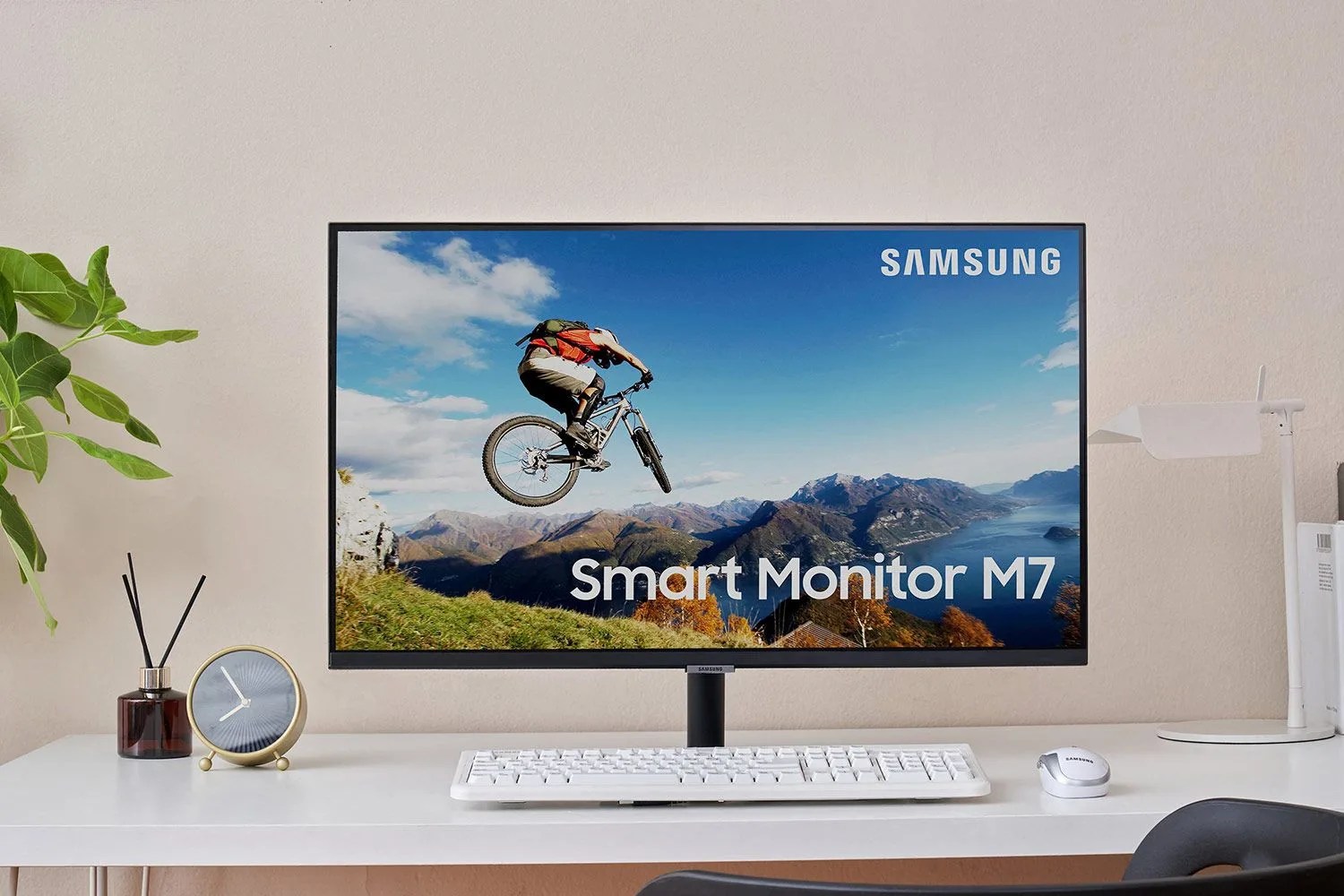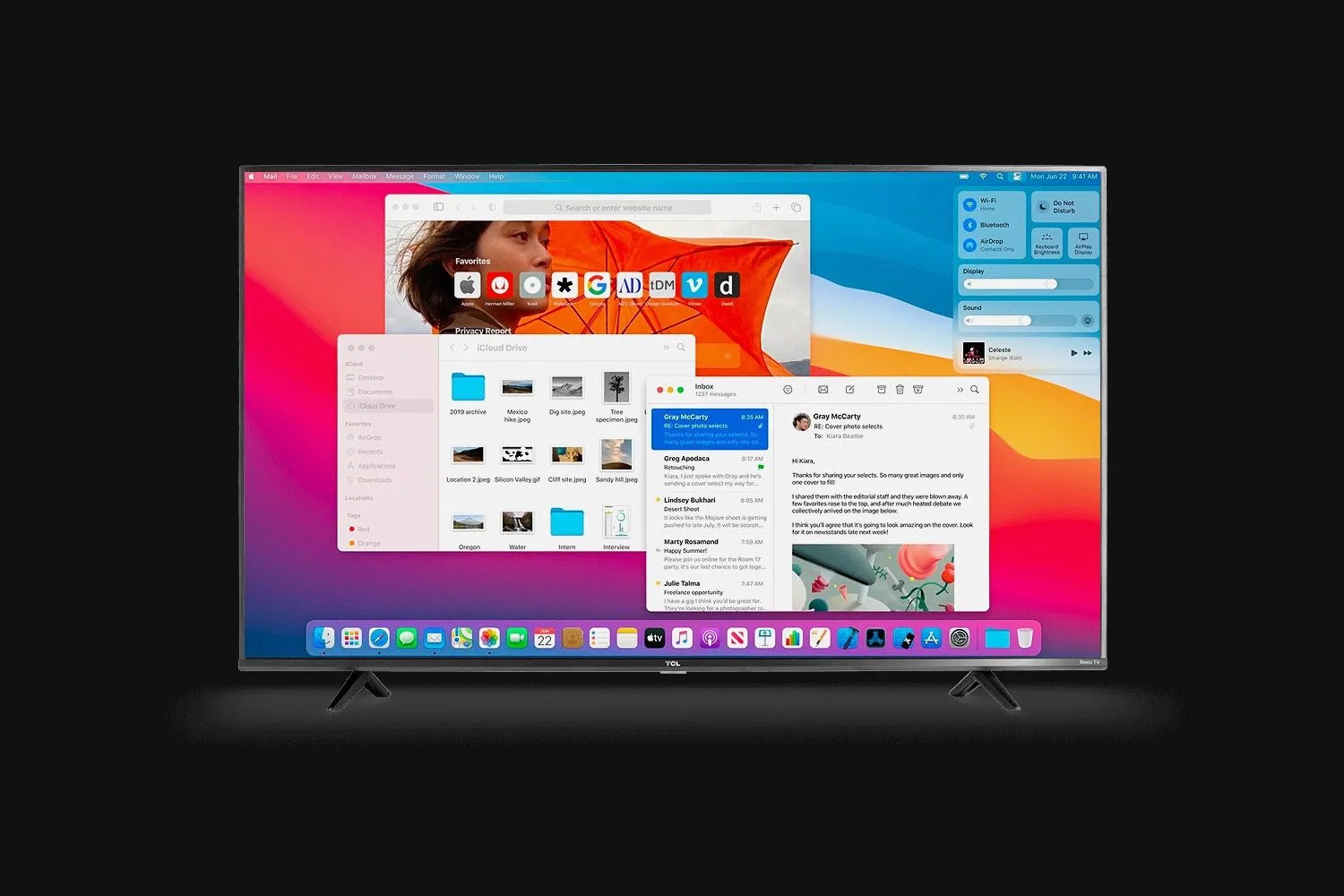If you want a big, beautiful display for your computer why not use a TV? Most TVs have an HDMI input so you can just connect it to your computer and use it exactly like an external display. And unlike most computer monitors, plenty of TV sets boast beautiful OLED displays. The good news is that this is totally possible. The bad news is that it’s not as easy as just pugging in and going about your day.
The newer, the better
If you’re planning on plugging your computer into any old OLED TV you’ve just got hanging around, you might want to think twice.
If the display you’re thinking about using has less than 4K resolution, it’s going to look pretty awful at close range, especially if it’s large. Bigger might seem better, but at a viewing distance of just a few feet, a screen much bigger than 30 inches is going to mostly cause pain in your neck unless you adjust your setup to be much further away than you would be from a traditional screen.
What’s more, older TVs typically haven’t supported the high framerates you’ll want out of a monitor. TV’s that only support the 24fps standard for movies will be prone to lag when watching videos, playing games and even moving your mouse around the screen.
Newer TVs are solving these issues, however. There are 4K TVs, both LED and OLED, that are between 24 — 42-inches, which is a good size for monitor. Just in 2021, LG has announced plans to release a 42-inch OLED TV, which would be its smallest to date. Its previous smallest was a 48-inch OLED TV.

Many of today’s best 4K TVs have advanced technologies that allow them to support a high resolution picture and high refresh rates, which are vital for people looking to use their TV as a gaming monitor. The main feature to look out for support for chroma subsampling, or chroma 4:4:4. This means that the image will be uncompressed and look best while playing 4K content.
